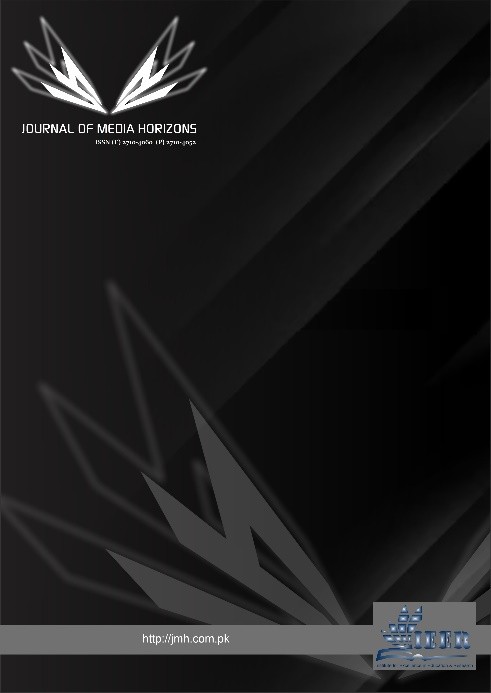STYLISTIC PATTERNS OF REPETITION AND PARALLELISM IN MARTIN LUTHER KING JR.’S “I HAVE A DREAM” SPEECH
Keywords:
Stylistic, repetition, parallelism, Foregrounding Theory, speech, lexical, textualAbstract
The paper examines the stylistic value of repetition and parallelism in the speech "I Have a Dream" by Martin Luther King Jr., and demonstrates that repetition and parallelism are not only ornamental features but also essential instruments of rhetorical eloquence and literary style. Based on Foregrounding Theory, the poetic-functional-discourse-stylistic approaches proposed by Jakobson, the analysis explains how the functions of lexical repetition, anaphora, epistrophe and syntactic parallelism create a rhythmic, cohesive and thematic salience. This paper analyzed how effective reiteration of the phrases, I have a dream and Now is the time along with some other strong recurring motifs, promote the feeling of urgency, hope, and unity in the speech and making it more memorable and emotionally captivating. Such formal structuring transform abstract principles into colorful visual images, mixed with political urgency, biblical cadence and African American oral tradition. The results show that repetition and parallelism work at three interdependent levels, namely; as rhythmic persuasion, which helps to sustain attention of the audience; as thematic reinforcement, which helps to cement cohesiveness; as aesthetic elevation, which helps to relate rhetoric to literature. After all, King’s speech is a political, and transcendent work of rhetorical eloquence, the greatness of which consists in the overwhelming synthesis of style and rhetorical fantasy.
Downloads
Published
Issue
Section
License

This work is licensed under a Creative Commons Attribution-NonCommercial-NoDerivatives 4.0 International License.


















